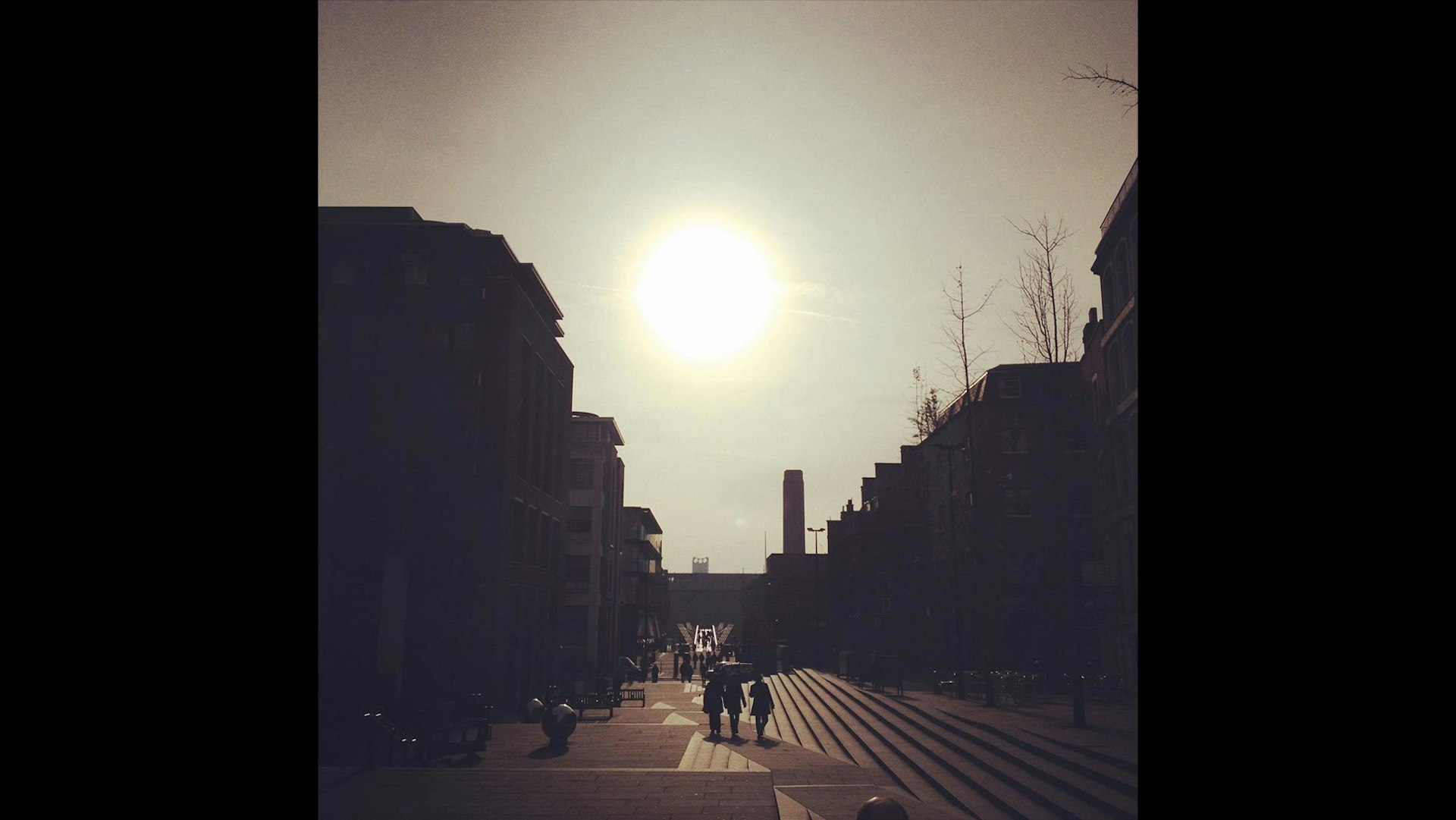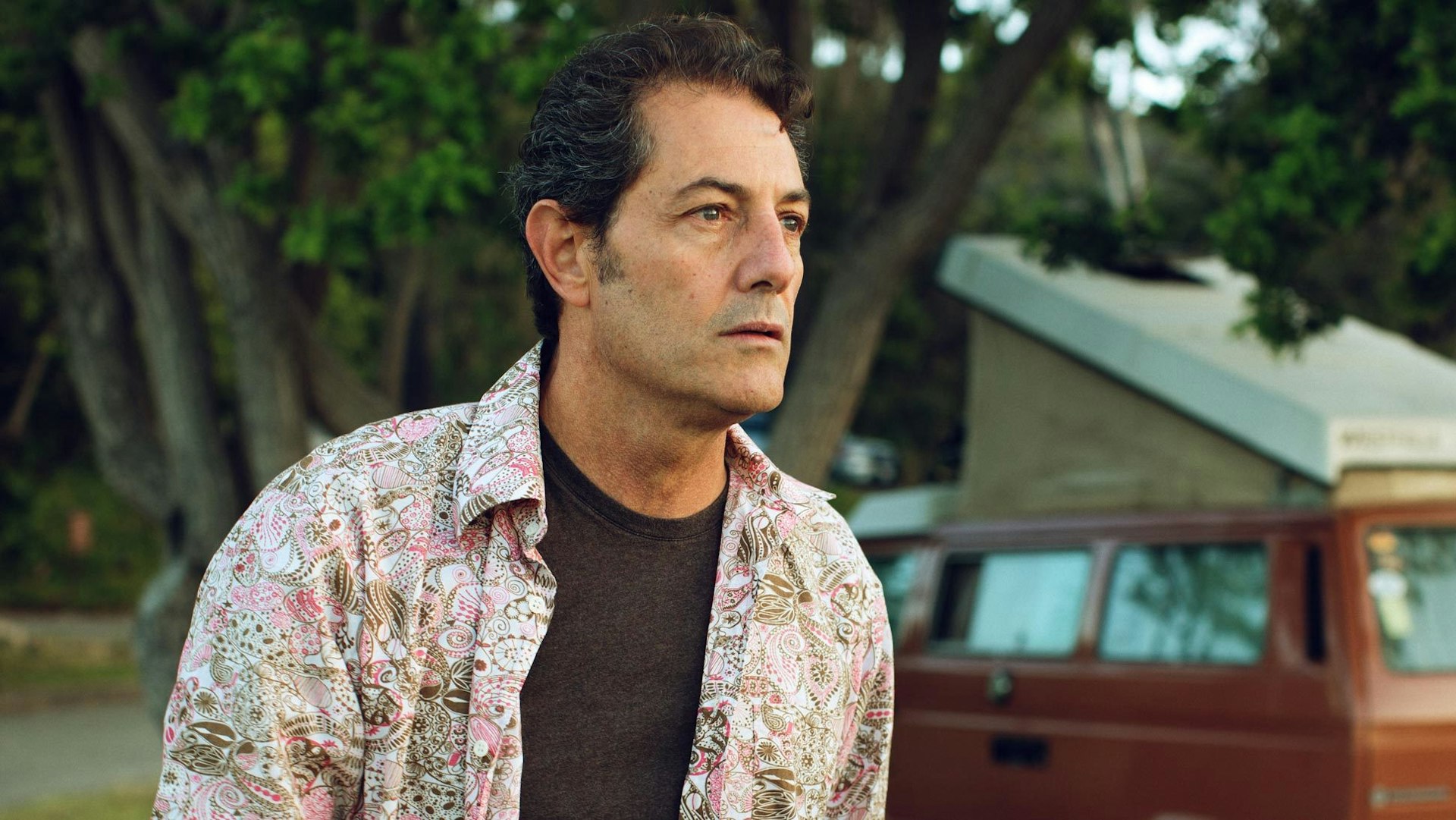
Beyond London
- Text by Michael Fordham
- Photography by Michael Fordham
I was born and grew up on an estate next to the eastern end of the Central Line. I’d listen to the rattle of the tubes in my bedroom at night and came to consciousness playing on the cuttings at the side of the track, lobbing stones at the carriages, building camps in the bushes, searching for discarded, rain-swollen wank mags. I’d jump across the tank traps and break through the barb and dare myself across the live rails, the smell of damp and dust and electricity filling my nostrils. To this day, for me, that is the smell of London. You can taste it too. It’s in that warm, rank breath that emerges from the entrances of tube stations. It’s a denominator that will always remind me of home.
My Nan, who I lived with, was a sentimental Royalist and passionately in love with London. She used to take me to see the soldiers outside Buckingham Palace every other Saturday. We’d get up early and get on the tube and the carriages were full of that smell. I’d read the advertising panels above the seats that seemed to me messages from other worlds, other ways of being. Within twenty minutes we were in the city and Nan would take me on a promenade of her youthful memories. Here’s where she met my granddad. This is where she worked in the opticians before the building took a direct hit with a thousand pounder. That is where she ducked in with my uncle to escape the buzz bombs.
For my Nan, the war had been the most interesting thing that happened to her. She never said so outright, but you could tell – it was a time when being a Londoner really meant something – when what had always been a fractious, disparate set of communities became galvanised, hammered on the anvil of real and imminent destruction. The backs-against-the-wall aesthetic wasn’t just some specious romance cast in political discourse (though politicos and hacks have used it as such ever since). It was rather a visceral reality that amounted to as much of a shared experience as Londoners had ever had. For my Nan and many of her contemporaries the memory of it glowed. Perversely perhaps, it was for them a diaphanous moment of youthful freedom.
Though we were twenty minutes from the dead centre of the city these trips wandering around with my Nan were always known as trips ‘up London’. People in my manor still talk of the West End that way. The designation is a result of London’s physical properties. London is a collection of villages, which grew into towns, which bled each into each to create a seething megalopolis some sixty miles from east to west and as much again from North to South. Each village, each town, has its distinct character, its separate ways of being London. Each manor has, as a result, its own texture. Each piece of the city is rooted in the earth, reaching down to a different layer. And those layers, like the silt on the ocean floor, are constantly renewed over time.
In 1945, work began on the estate I grew up on. Waste ground and marshy riverside scrub was reclaimed using Nazi-generated rubble. They stuck some static caravans in a little huddle in the middle of a field (right next to a pub) and shipped in families from deep in the heart of the East End and Islington, many of whom had been bombed out during the war, and most of whom were tradesmen. Everyone I knew growing up came from generation-deep families of brickies and spreads, sparks and chippys. Around them they built the houses we were to call home. These homes were named ‘Airey Houses’ after Sir Edwin Airey – whose idea it was to recycle military vehicles for steel reinforcement and tag on to these prefabricated concrete panels. Sir Edwin’s plan was a clever way to produce cheap homes that could be constructed quickly. And it worked. As soon as the houses were complete the local council assigned them to workers who had pieced them together. What emerged was a neat, fleeting, working class utopia. There were terraced homes with gardens and washing lines and bathrooms and separate kitchens – unimaginable luxury in comparison to the two-family slums and tenements our families had left.
Within a decade the West Indian community arrived and then the Bangladeshi community seeking refuge from economic meltdown and then Asian Ugandans expelled by Idi Amin. By the time I was wandering London with my Nan in the seventies other estates had emerged around mine and there were acre upon acre of newer estates – mid-rise and high-rise behemoths that were soon demonised by the establishment, their residents marginalised. It was by then a very different London and a very different estate to the one Nan was moved to in 1945. There was a tinderbox energy in the ebb and flow of community that was as creative as it was destructive. Now, it’s completely different again – with many post-war aspirants moving way out into the Essex hinterland – replaced by an incredibly diverse range of families whose generations were raised everywhere between the Horn of Africa to the cities of Eastern Europe.
It was Nan’s romance about London’s multiplicity – her fascination with the ghosts and resonances – that informed everything that happened to me a little later. Just as it was for her, the tube line became for me a huge metaphoric nervous system – a set of currents through which London dispatched its energies. Through the city’s viscera you could navigate to other worlds and sift through the layers of other histories, other stories. As soon as the man would sell me one, I’d buy a day ticket and wander the network. And I’ve been wandering it ever since.
The layering of London’s history never stops. And in these last years East London’s population has new, unexpected layers, accelerated by a new generation of influence and affectation. So where there were Didycoys and Huguenots, textile mills and fridge mountains, there are galleries and design studios. Where there were fly pitchers and plastic gangsters are vintage boutiques and street-food outlets. Hipsters are just a new way of being a Londoner – a geographically diverse, creatively inclined transient population clustered in Shoreditch and pointing east. Some will settle and will start families and the ever-eastward drift will begin again.
The marshes meanwhile, reconstituted with the rubble of Blitzed London, gazes over an Olympic Park, moments from which the Lower Lea cruises by, oblivious to the transience currently bestowed upon it. Wander the environs on the margins of Olympic Land and the words ‘legacy’, ‘inclusiveness’ and ‘diversity’ are etched into meaninglessness. The physical reality of London has absorbed, encompassed and re-imagined everything that has been imposed upon it for 1000 years. It takes more than a government scheme or an Olympic ideal to alter its course. The alteration is its course.
And that is what London truly is. Time itself.
